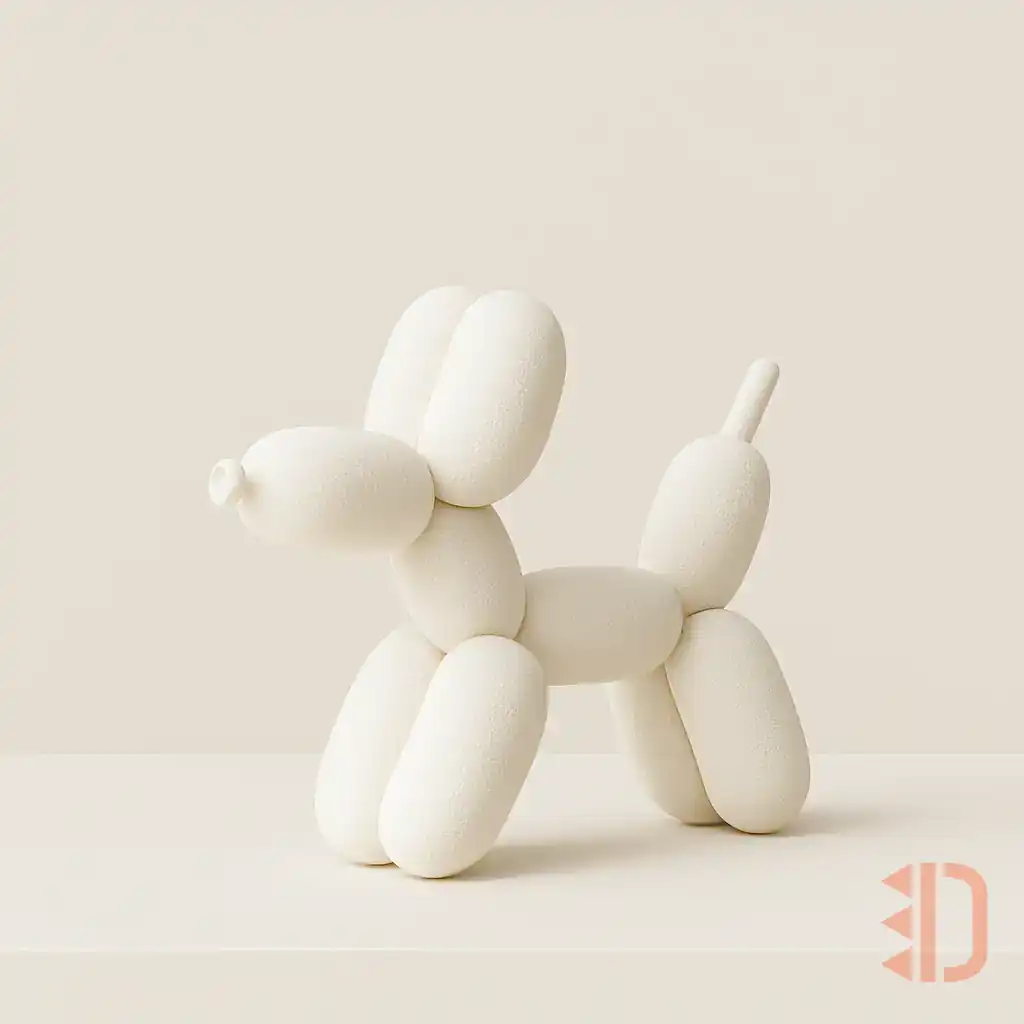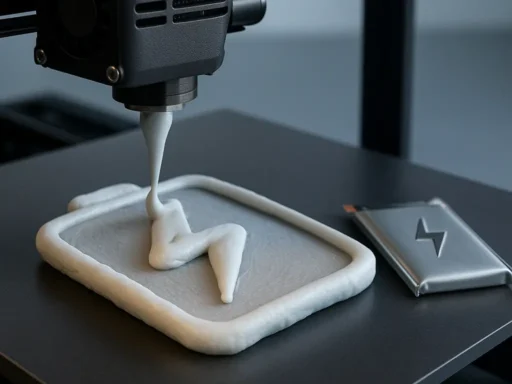Researchers at the University of Texas at Dallas have developed a new kind of 3D printable foam with the potential to change the way many everyday consumer products are made.
Created using dynamic covalent chemistry, the team’s formulation basically features reversible bonds that allow it to repair itself when damaged. Though it can’t fully re-form after melting like plastic, this new kind of foam is thought to be ideal for applications such as home insulation and shock absorption, which require high levels of material versatility and durability.
“The goal of the project was to address some limitations in 3D printing in terms of making polymer foam,” said Dr. Ron Smaldone, one of the study’s co-authors. “The novelty is using dynamic chemistry to print really great foam material. The next question to address will be, how do we tune the properties and use this new kind of knowledge to fit a variety of different needs?”
Over the last two years, Smaldone and his colleagues have been honing an alternative to commercial thermoset materials. Once these undergo a chemical change during molding, they can no longer be reshaped or broken down and reused. As a result, many polymer foams end up in landfills, making them a pretty environmentally unfriendly material to work with.
Coming up with a 3D printable material proved tricky, but the researchers eventually managed to create a material capable of reforming chemical bonds after breakage. To demonstrate the potential of their new feedstock, they 3D printed an interesting shape: a balloon animal.
“It’s a simple shape but perfectly represents our foams,” explained another of the study’s co-authors, Ariel Tolfree. “A balloon seems ordinary until it’s twisted into something new, almost defying expectations. Our foams are the same – unassuming at first, but once expanded and transformed, they become something remarkable.”
With further development, it’s thought that the team’s material could one day find high-impact absorption applications like helmets, body armor, or automotive bumpers. They’re already working on ways of assessing and improving upon their foam’s green credentials, and it’s thought that lattice 3D printing will one day open up some exciting application opportunities.
To find out more about their cutting-edge research, you can read their paper here.






